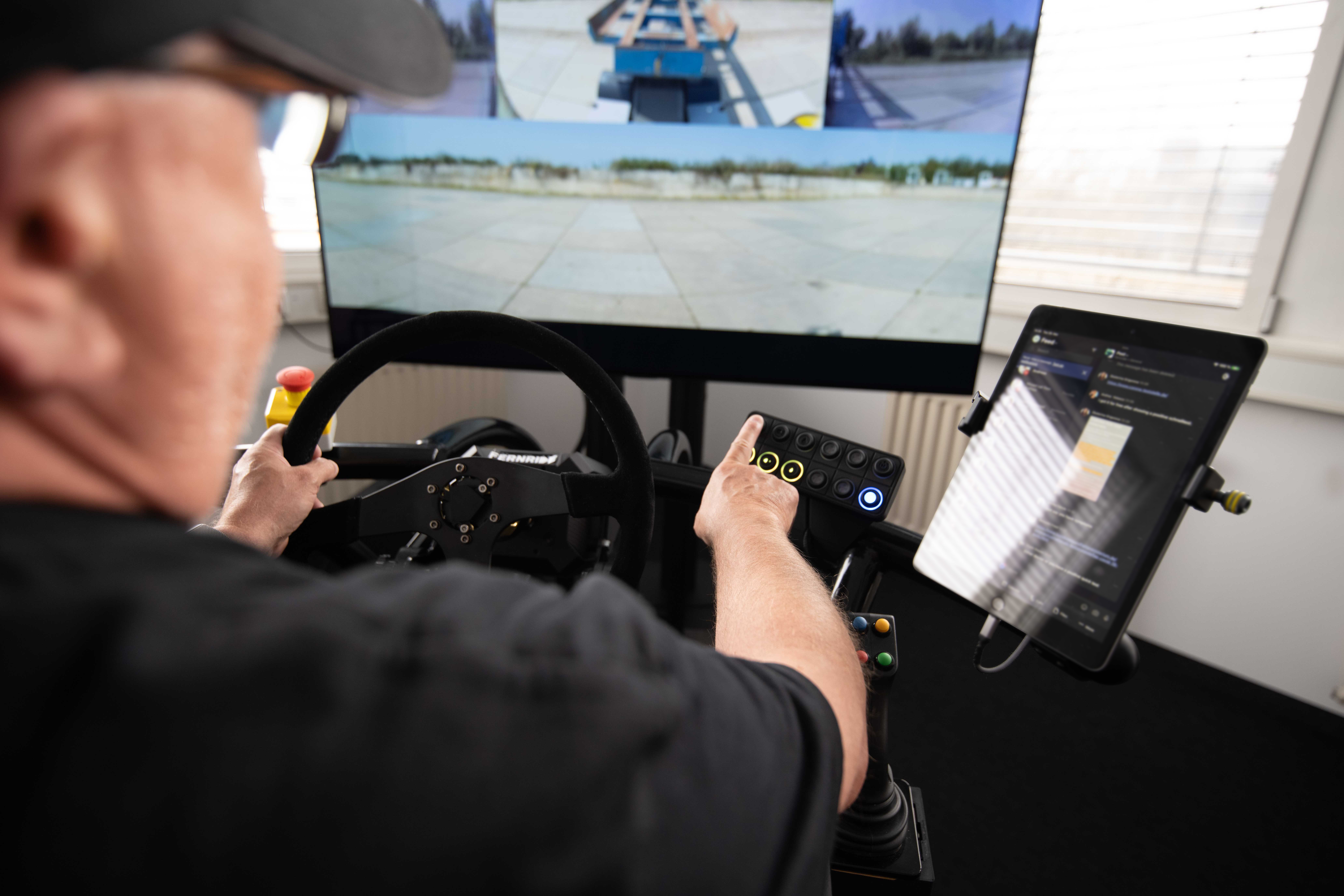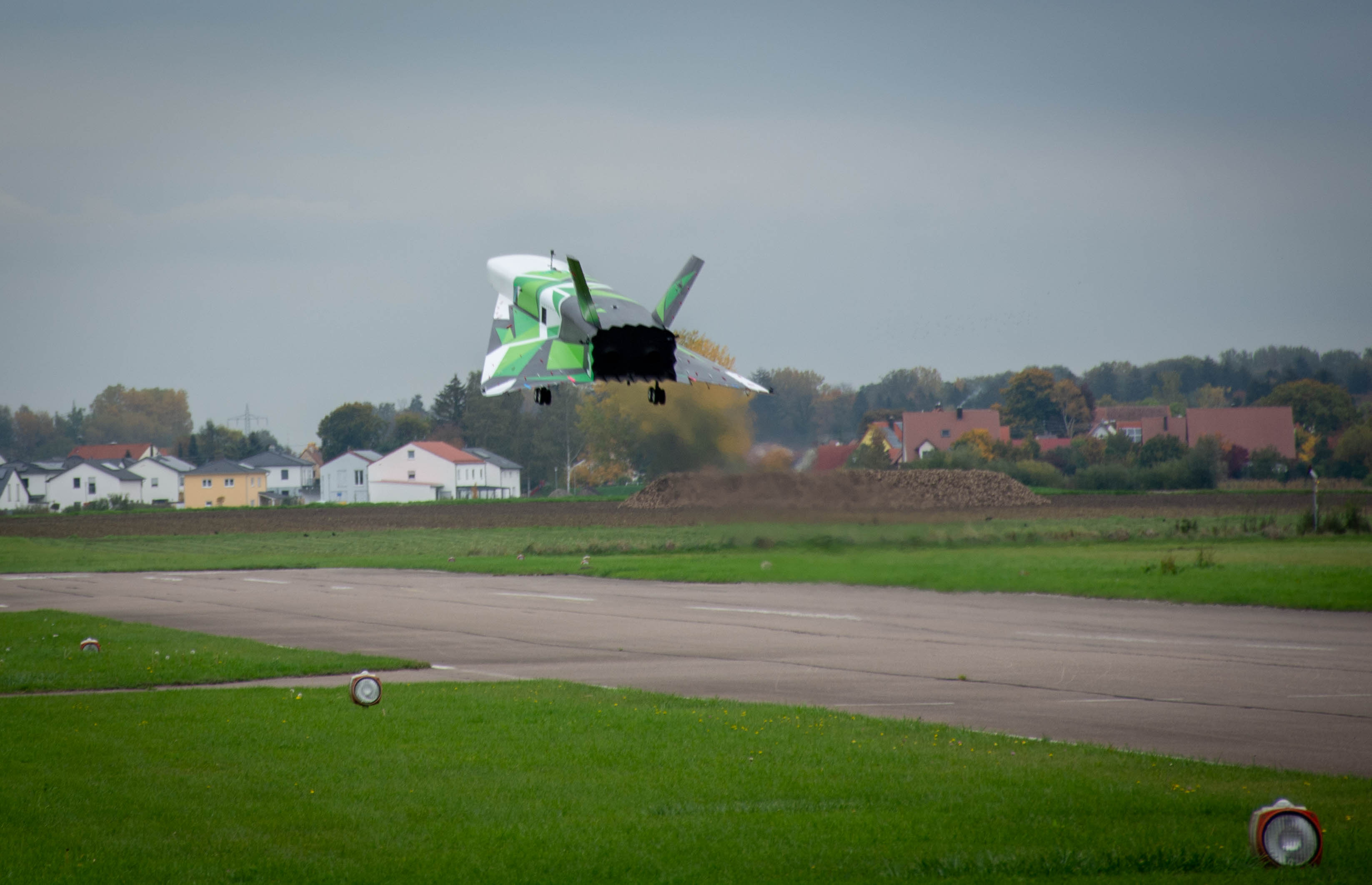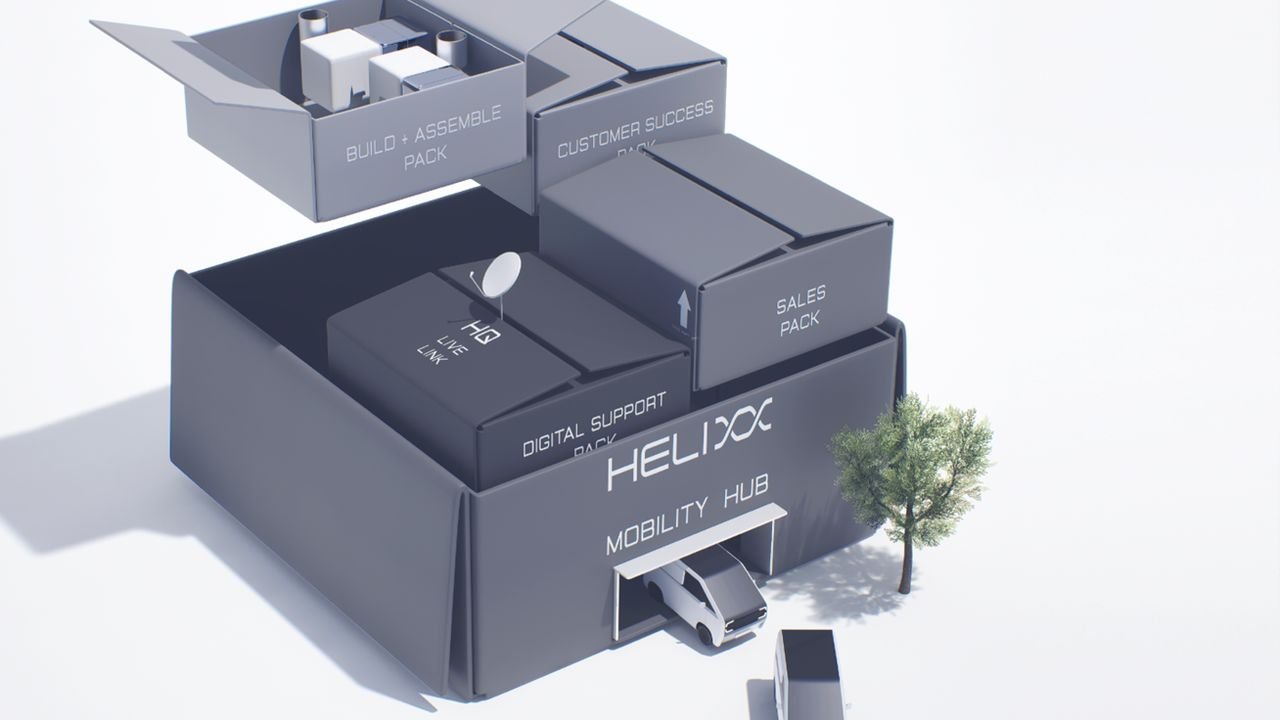The future of mobility is fast evolving, thanks to technological innovation, climate change goals, and an effort to reduce car ownership. Here's the second installment — check out Part 1 first — featuring the mobility trends that I anticipate will grab our attention in 2024:
Factory in a box will expand as a means to reduce R&D woes
The last few years have been terrible for mobility hardware with factory shutdowns due to COVID-19, parts delays, and semiconductor shortages. But I see renewed interest in microfactories, especially in areas such as housing and mobility.
SQUAD Mobility has developed a Distributed Microfactory concept in which the SQUAD will be assembled in factories worldwide, in local markets close to customers.
This way, transportation costs and environmental impact can be minimised through efficient flat-pack supply chain logistics while combining the assembly with a local spare parts storage and hub. Additionally, local supply of components will be sought and increased.
Helixx is another company developing this concept, with a 'Factory in a Box' solution that enables customers to build mini commercial electric vehicles anywhere in the world.
Remote-operated vehicles will continue to scale successfully, but complete commercial autonomy lags
While across the water, autonomous on-demand robotaxi company Cruise is in a world of pain, Europe’s slower approach to vehicle automation is reaping benefits and will continue to do so in 2024.
Let’s get a bit of context.
Europe is the land of roboshuttles, not robotaxis. This is in part because, in the US, 45 percent of people have no access to public transportation.
The country is built far more on private vehicles rather than communal ones. In 2021, the US government announced a $108 billion investment into public transport, its largest to date.
But it's rather underwhelming when you consider that VCs invested $80 billion from 2014 to 2017 in autonomous vehicles — and even more since.

As a result, cities see autonomous ride-hailing as a way to get people away from car ownership. By comparison, operators like EasyMile gain permits to plug gaps in public transport services in Europe.
The company has been able to replace conventional crewed electric buses with fully driverless L4 autonomous 12-seater shuttles across business parks, campuses, and public roads and also integrate its shuttles with public transport timetables and ticketing.
In December, it announced an expansion of its autonomous shuttles on a 30-kilometre road network in the district of Kelheim. This will create the largest contiguous coverage of highly automated public transport in Europe to date.
Europe is also the land of incremental innovation through remote controls.

In 2024, startups Elmo and Vay will continue competing for prominence in teleoperated hire cars..

In September, German autonomous electric trucking innovator Fernride announced a $19 million increase to its Series A funding, bringing the total round amount to $50 million. The company operates remote-controlled trucks on sites such as shipping yards.

Robert Falck, CEO and founder of electric and autonomous freight company Einride, saw 2023 as a year where the autonomous industry recalibrated itself, given the delay in commercialisation and revenue generation in the industry.
He asserts:
“In 2024 and beyond, mainly autonomous freight solutions that showcase commercialisation potential will prevail.
Purpose-made electric trucks entered the trucking industry this year with Tesla Semi and will soon come from several manufacturers, radically changing the industry as it will be able to bring down prices. Other OEM players have stated they have plans to start developing too.”
Key to an intelligent freight system is digital infrastructure. He shared:
"Without digital infrastructure connecting the entire ecosystem, there is a lack of clear insights that help unlock actionable steps to make the transformation effective and cost-efficient.
The more electric operations are scaled, the more the complexity with it scales - thus making a digital future crucial to ensure trucks are running and making an impact."
It's worth noting that overall, in Europe, OEMs are focusing on meeting their carbon emission targets, such as replacing ICE fleets with EVs — in preference to investing in autonomous vehicle tech.
Companies to watch in 2024
Destinus (Switzerland)

I’ve been following Destinus for a while, as I am completely besotted with the idea of fast, long-distance travel powered by green hydrogen.
Destinus wants to make it possible to fly to Singapore for a breakfast meeting or a quick weekend trip to the US due to flying at hypersonic speed, meaning they exceed five times the speed of sound.
It's currently working on a prototype that will fly in 2024 powered by liquid hydrogen at an airport on the West Coast of France.
Autoflight (Germany/China
Will Autoflight be a contender to Europe's pioneers? The company has an R&D HQ in Augsburg, Germany, a composite material manufacturing plant in Jining/Shandong province and an operation and test centre in Napa County, USA.
AutoFlight has achieved one of the world’s longest eVTOL flights in history with a distance of 250 km on a single charge of the aircraft’s lithium-ion batteries - 2 ´kilometres more than US company Joby in 2021.
The company aims to become certified for passenger flights by the European Aviation Safety Agency (EASA) by 2025.
Aerodymax (Austria)
Did you know that over 50 percent of a truck's fuel is used to overcome aerodynamic drag when travelling at highway speeds?
Aerodymax is a startup on a mission to reduce fuel consumption and truck emissions by up to 10% and decrease global emissions by over 100 million tons per year.

It has developed a side-skirt for semi-trailers, which enhances the aerodynamics of semi-trucks. Clients report fuel consumption and emissions reduction of 3-5 percent, depending on operational speeds and savings in fuel costs ranging from €3000 to 5000 per vehicle per year.
I’m not entirely sure what impact the skirts would have on electric trucks (which are also subject to loss of range due to drag), but this is a vital bridge between the masses of legacy trucks and the electric future.
Pi-pop (France)

Pi-pop makes range anxiety a thing of the past by developing e-bikes that utilise regenerative energy. Pi-POP is equipped with technology which stores the energy produced by the user pedalling, descending a slope or braking and restores it as needed. Think of it like hypermiling for e-bikes.
And even more importantly, the bikes are designed and manufactured in France. It's part of a bigger trend led by companies like Mokumono from the Netherlands to keep manufacturing and jobs in Europe at local factories.
Damius (France)

Damius develops electric assist adult tricycles. While, like most ebikes, the tricycles are at a pretty high price point, I’d love to see a micromobility version — there’s precedent. Last month Lime launched a seated e-scooter and Veo and Superpedestrian have also developed more accessible escooters.
Oxa (UK)
You might be wondering where the UK’s autonomous vehicles are? Oxa is accelerating the transition to self-driving vehicles with products and solutions that enable autonomy across transport operations safely, securely and efficiently.
The Oxa platform includes Oxa Driver, equipping vehicles with full self-driving functionality; Oxa MetaDriver, using generative AI to simulate real-world driving challenges at a huge scale to accelerate and assure the safety of deployments; and Oxa Hub, a set of cloud-based offerings for autonomous fleet management. Oxa is helping industries, including shared passenger transportation, agriculture and logistics, get the most value from their fleets.
The company raised $140 million in Series C in January 2023.
Lead image: Helixx.



Would you like to write the first comment?
Login to post comments